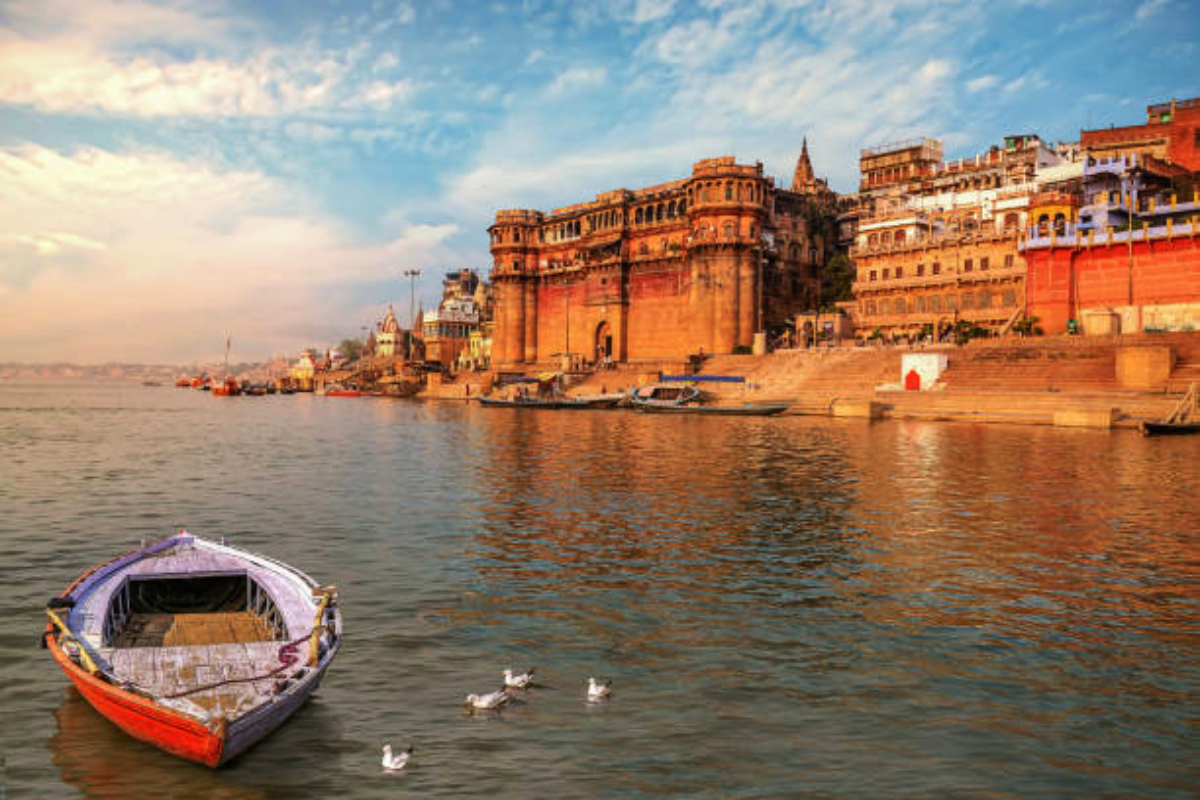India led the Asian market to post recovery in tourism expenditure in 2022 after the fluctuations caused by coronavirus pandemic outbreak, says a recent report.
Interestingly, tier 2 and 3 cities like Varanasi, Coimbatore and Kochi are also gaining popularity as top tourist destinations, it said.
Advertisement
In 2022, India reached 78 per cent of 2019 levels as against 52 per cent recovery recorded by the Asian market, according to the report titled ‘How India Travels’ prepared by online travel platform Booking.com along with McKinsey & Company.
Owing to prolonged travel restrictions, especially in China, Japan and South-East Asia, tourism in Asia remained muted throughout 2022.
Pre-Covid, Indian travelers spent USD 150 billion on travel, marking India as the sixth largest global spender, the report stated.
“It is expected that by 2030, the total expenditure made by Indian travelers will increase to USD 410 billion, making India the fourth largest global spender and registering the quickest COVID-19 recovery globally across key regions,” it added.
According to the report, the robust recovery in India will be on account of a strong economy, growing middle class and travel-loving youth driving more tourism revenue in India than ever before.
Santosh Kumar, country manager, India, Sri Lanka, Maldives and Indonesia, Booking.com said, “The Indian traveler is willing, eager and confident to keep going, travelling near and far in the search for new experiences. It is also encouraging to see that Indians are expected to spend USD 40 billion by 2030, and are driving the global rebound.”
The report also highlighted that there is a surge in demand for alternative accommodation options such as hostels, campsites, vacation rentals, and chalets.
The growth rate of average daily rates (ADR) for these alternative accommodations outpaced traditional hotel and managed chains, indicating a shift in travel, it added.











